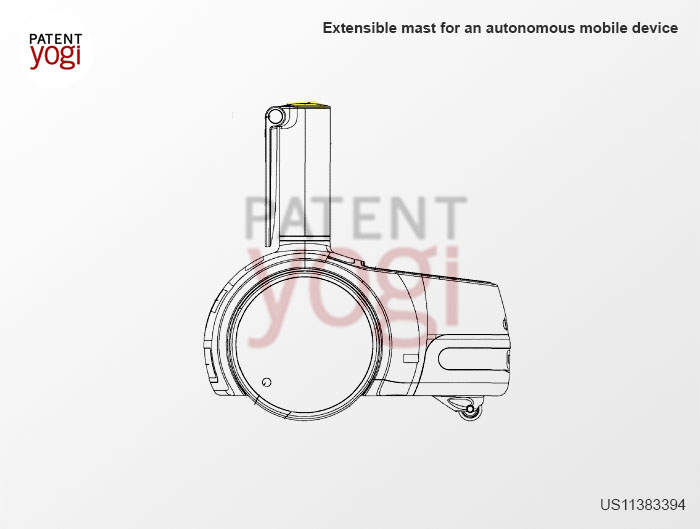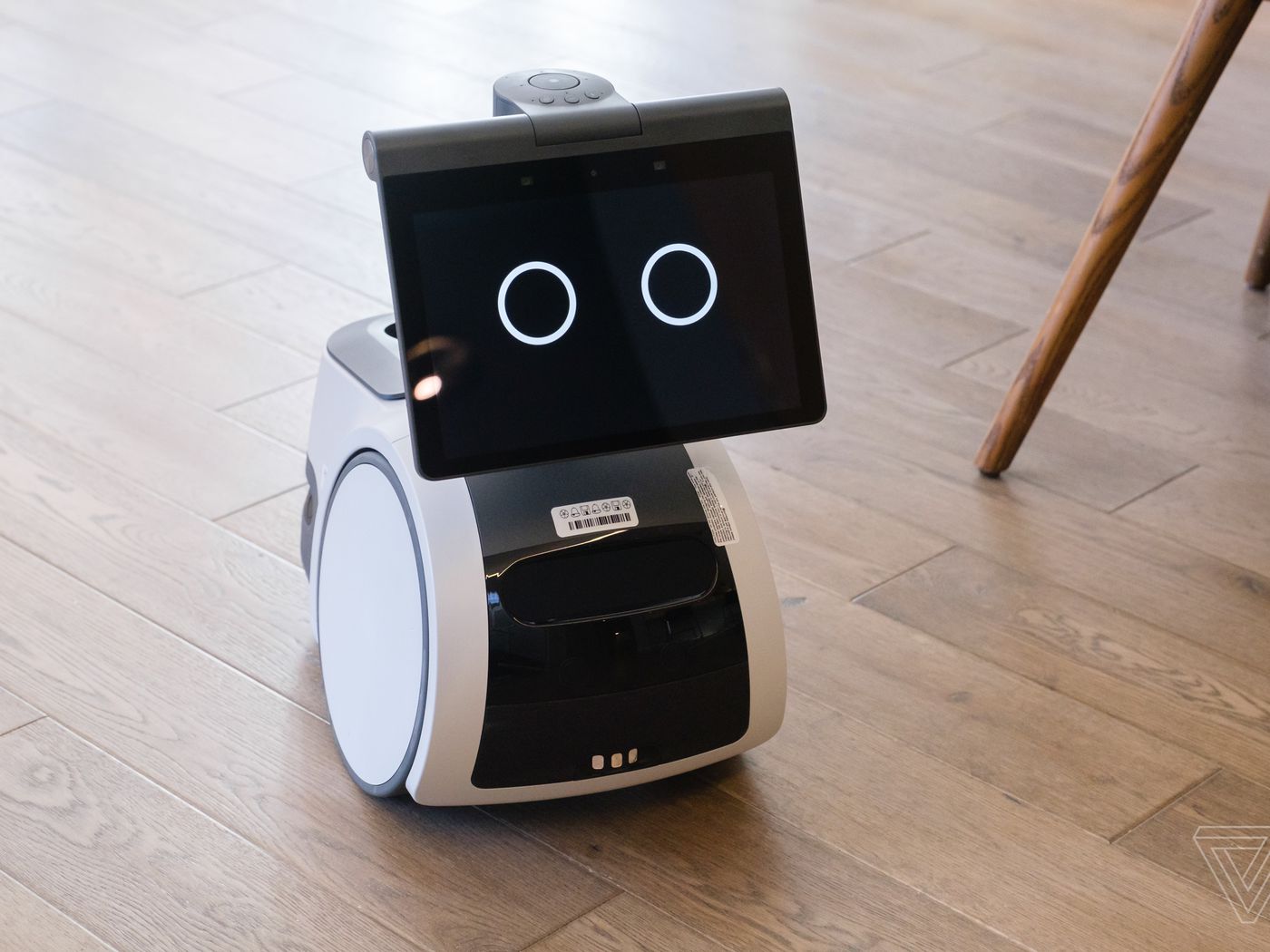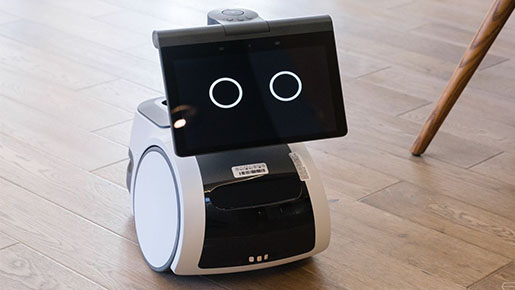Amazon needs no introduction if we are not talking about the rainforest or the river. After the huge success of Alexa, they have now come up with an autonomous mobile robot that can assist people by performing various tasks. Now one can depend on a robotic caretaker to perform a variety of tasks both personal and work-related such as taking care of children and the elderly, taking care of the home, staying in contact with concerned people, monitoring the house, delivering things, and so forth.
The robot, resembling a pet, can move independently from one location to another location without being remotely controlled or driven by humans. However, the tasks may be initiated at the user’s request. Furthermore, the tasks may also be preprogrammed or may be determined to be performed autonomously.
Amazon has been granted a patent by USPTO for an Extensible mast for an autonomous mobile device. The device (or robot) has a telescopic mast that contains various sensors, cameras, output devices, etc. The telescopic mast can position them at various heights. The advantage of placing them at various heights is that it can increase their reach, for instance, it may be useful for the cameras of a robot to be able to see what is on a table or look out a window. “A mast position sensor provides information indicative of a position of the mast. For example, the mast position sensor may comprise limit switches associated with the mast extension mechanism that indicate whether the mast is an extended or retracted position. In other implementations, the mast position sensor may comprise an optical code on at least a portion of the mast that is then interrogated by an optical emitter and a photodetector to determine the distance to which the mast is extended. In another implementation, the mast position sensor may comprise an encoder wheel that is attached to a mast motor that is used to raise or lower the mast. The mast position sensor may provide data to the safety module. For example, if the device is preparing to move, data from the mast position sensor may be checked to determine if the mast is retracted, and if not, the mast may be retracted prior to beginning movement.”


The robot has a pair of main wheels and a caster wheel to provide mobility. Also, the two main wheels and the caster wheel provide a tricycle or three-point support system to the robot. Generally, fibers or other debris prevents the caster wheel from freely rotating about an axle therefore the caster wheel itself also incorporates features that prevent fouling by limiting the ability of fibers or other debris to reach the axle.
The AI-based robot can communicate over a wireless network such as a local area network (or LAN) and is provided with object recognition, speech synthesis, user identification, and so forth. Further, the robot has a hinged display on which the user can watch movies and interact with the robot. The robot can receive commands from the user orally and perform the tasks. The robot can also send alerts to the user based on analysis from the sensors, for instance, if the floor of the house is wet a floor analysis sensor determines that the floor is wet and a notification for alerting can be sent to the user.
The innovations like this make Amazon a leading firm in virtual assistant technology.


